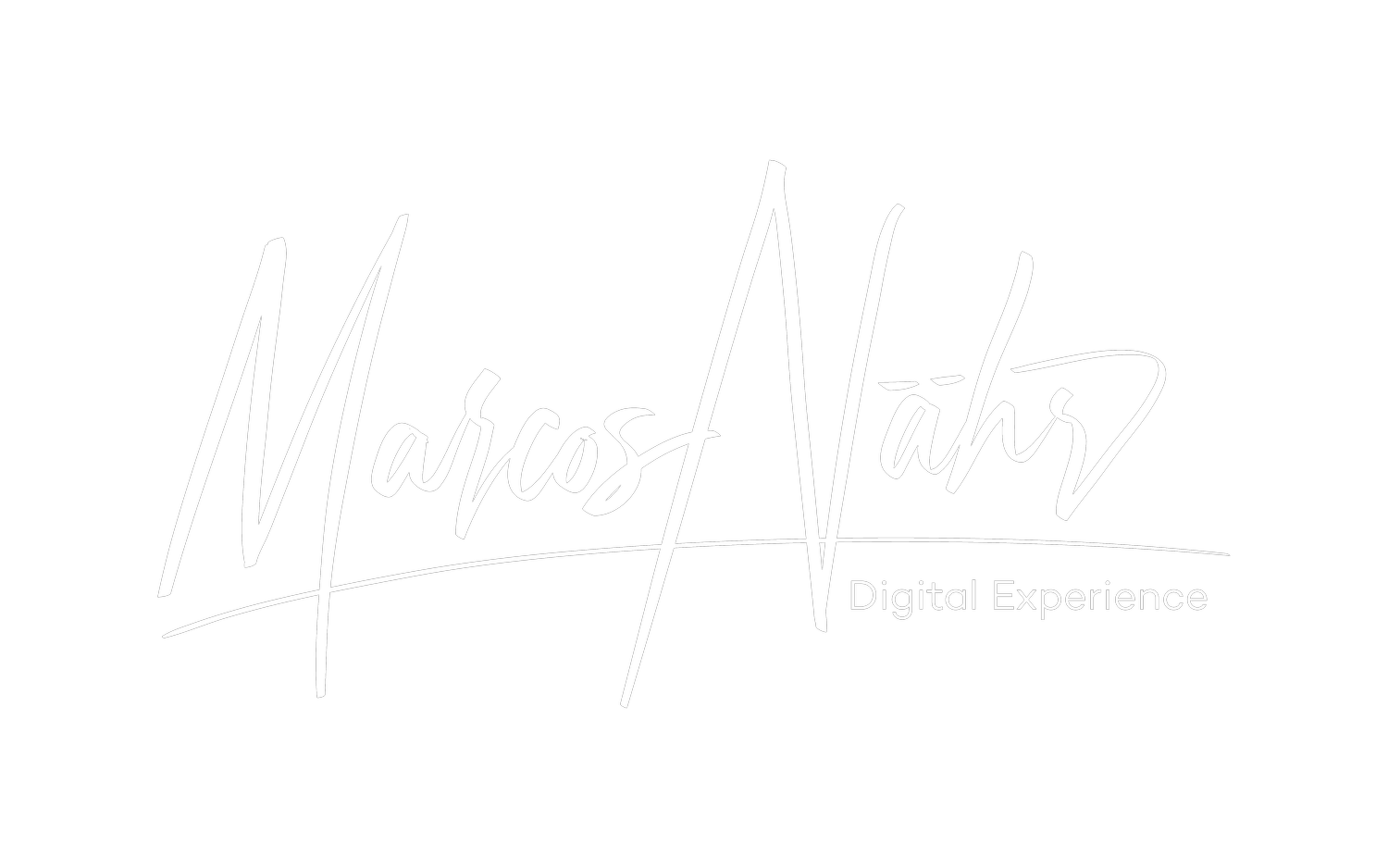The Evolution of Enterprise UX
Where Cloud Computing Meets Human-Centered Design
In the quiet transformation of enterprise software, we're witnessing something profound. This shift places human experience at the heart of technological innovation. We're moving beyond merely creating tools; we're cultivating digital ecosystems where consistency becomes the foundation of trust, and where every interaction is infused with empathy and purpose.
Gone are the days when enterprise applications could survive on functionality alone. Today's mission is far more nuanced: crafting environments where users can confidently navigate their daily workflows, knowing that each interaction has been considered with deep understanding of their needs and aspirations.
The Evolution of Enterprise UX: A Journey Toward Human-Centricity
The story of enterprise UX design reflects our evolving understanding of human potential in the workplace. Traditional enterprise software emerged in an era where technical constraints shaped design decisions, often prioritizing system capabilities over human needs. These platforms demanded significant adaptation from users, treating complexity as an acceptable trade-off for functionality. This paradigm shaped workplace technology for decades.
As consumer applications elevated expectations around user experience, this landscape began shifting profoundly. Employees who navigated elegant consumer platforms in their personal lives increasingly questioned the stark contrast with their workplace tools. This tension created an opportunity that innovative startups quickly recognized – a chance to reimagine enterprise software through a human-centered lens.
Today, we're witnessing an inspiring transformation in the enterprise software market. Emerging companies are challenging traditional vendors by leading with user-centricity, proving that enterprise solutions can be both powerful and intuitive. These startups, unburdened by legacy systems and outdated assumptions, are creating tools that respect users' time and intelligence while delivering robust functionality.
The impact extends beyond individual products to reshape how we think about enterprise UX. Traditional vendors are responding to this disruption by reinvesting in user experience, while design teams across the industry now conduct extensive user research to truly understand the human context of their solutions. This shift reflects a deeper truth: effective enterprise tools emerge not just from technical excellence, but from genuine empathy for user needs, organizational dynamics, and human aspirations in the workplace.
Cloud Computing: The Foundation for Human-Centered Innovation
Cloud computing has revolutionized not just how we deliver software, but how we envision and nurture digital ecosystems. Once a technical challenge, real-time collaboration has evolved into an opportunity to support natural human connections and workflows. We're creating spaces where teams can flow seamlessly between individual focus and collaborative synergy, always supported by thoughtfully designed interfaces that anticipate their needs.
The cloud's scalability has liberated designers to focus on what truly matters – the human experience. Applications now adapt their interfaces with grace and purpose, maintaining consistency while honoring each user's unique context. This technical foundation enables us to craft experiences that feel deeply personal and responsive, even within enterprise-scale systems.
Security and privacy considerations have transformed from constraints into opportunities for building trust through design. Modern enterprise applications demonstrate how protection can be woven naturally into user workflows, creating environments where users feel both empowered and secure.
Emerging Design Trends: Where Technology Meets Human Need
The convergence of cloud capabilities and human-centered design has sparked innovations that honor both technical excellence and human dignity. AI-powered personalization now serves not just efficiency but empathy, learning from user patterns to provide support that feels natural and respectful.
Accessibility has evolved from a compliance requirement to a fundamental design principle that enriches everyone's experience. This shift reflects our growing understanding that diverse perspectives and needs drive innovation toward more humane solutions.
In response to enterprise complexity, we're witnessing a renaissance in minimalist design that respects users' cognitive load while empowering them to achieve more. Through thoughtful progressive disclosure and contextual interfaces, we're creating environments where complexity unfolds naturally, matching users' growing expertise and confidence.
Future Implications: Shaping Tomorrow's Enterprise Experience
Looking forward, we see the emergence of enterprise experiences that don't just predict needs but nurture growth. Systems will support users with intelligence and grace, offering assistance while preserving autonomy and fostering confidence.
The integration of emerging technologies will continue to transform enterprise UX, but our focus remains steadfast on the human experience.
Success lies not in the technologies themselves but in how carefully we blend them into people's everyday work in ways that truly support them.
Charting the Path Forward
The future of enterprise UX lies in our ability to create digital ecosystems where consistency builds trust and complexity transforms into clarity. This presents an opportunity for UX practitioners to profoundly impact how people experience their professional lives.
Success requires more than technical expertise. It demands emotional intelligence, genuine curiosity about human experience, and a commitment to creating environments where people can thrive. As we move forward, let's remember that our ultimate goal isn't to build more sophisticated software, but to nurture spaces where human potential can flourish.
For those shaping enterprise UX, the path forward involves:
Cultivating deep empathy through continuous engagement with users.
Thoughtfully leveraging technology to enhance human connections.
Ensuring accessibility and inclusion shape every design decision.
Building bridges between technical capabilities and human aspirations.
The evolution of enterprise UX represents our opportunity to create technology that honors and elevates the human experience. As we navigate this transformation, let's stay focused on crafting digital environments where every interaction reinforces trust, supports growth, and enables people to do their best work with confidence and joy.
